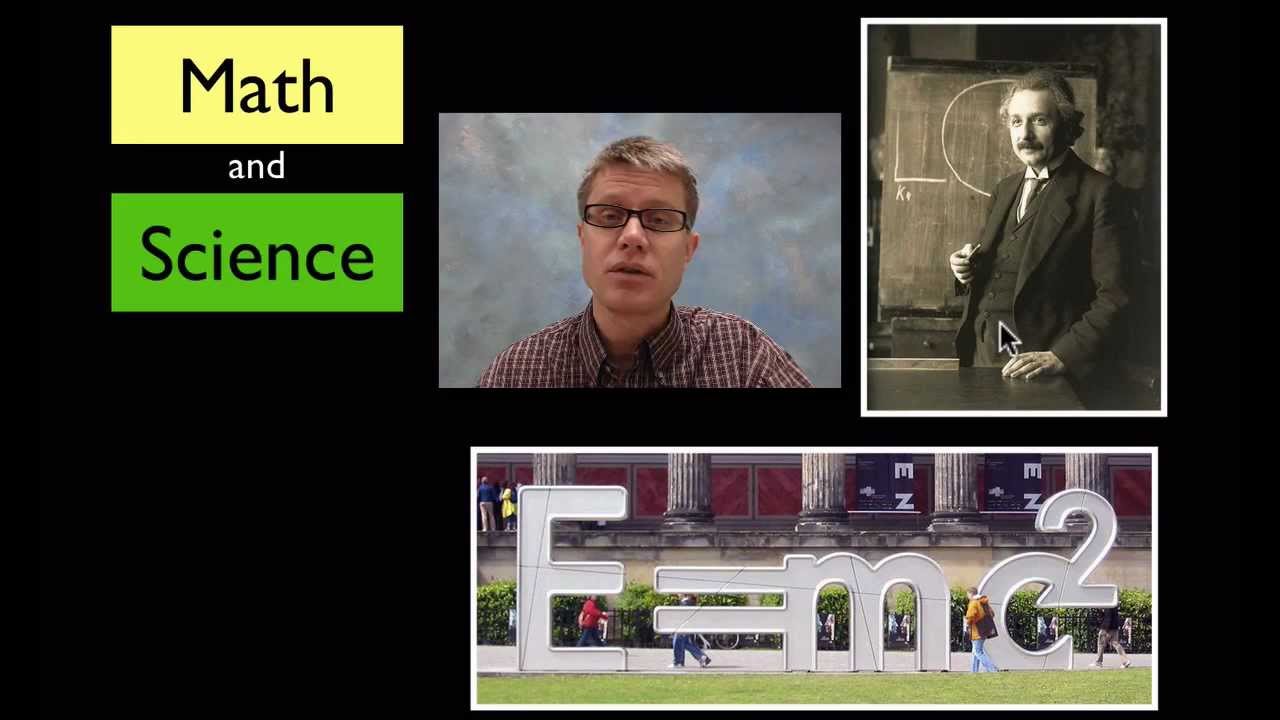LS2.C: Ecosystem Dynamics, Functioning, and Resilience
In this video Paul Andersen explains how ecosystems respond to disruptions. Disruptions can cause changes in the number and variety of organisms. It can also lead to migration, extinction or even speciation. Ecosystems that have a higher biodiversity are able to respond to large disruptions over time. A K-12 teaching progression is also included.
LS2.A: Interdependent Relationships in Ecosystems
In this video Paul Andersen explains the important relationships that exist in ecosystems. He starts by delineating between organisms and their environment. He explains how food webs can be used to show energy and matter flow in a community. He describes the levels studied within ecology and explains how population interact at the level of a community. He finishes be describing population growth and carrying capacity.
CCC3: Scale, Proportion, and Quantity
In this video Paul Andersen explains the importance of scale in science and engineering. The Universe varies in size along three scales: size, timespan, and energy. Many phenomenon are too small and fast, or two large and slow to observe. We use the tools of proportion and units of measure to comprehend different scales. The video ends with a progression of instruction from K-12
SEP5: Using Mathematics and Computational Thinking
Paul Andersen explains how mathematics and computational thinking can be used by scientists to represent variables and by engineers to improve design. He starts by explaining how mathematics is at the root of all sciences. He then defines computational thinking and gives you a specific example of computational modeling. He finishes the video with a teaching progression for this practice.




